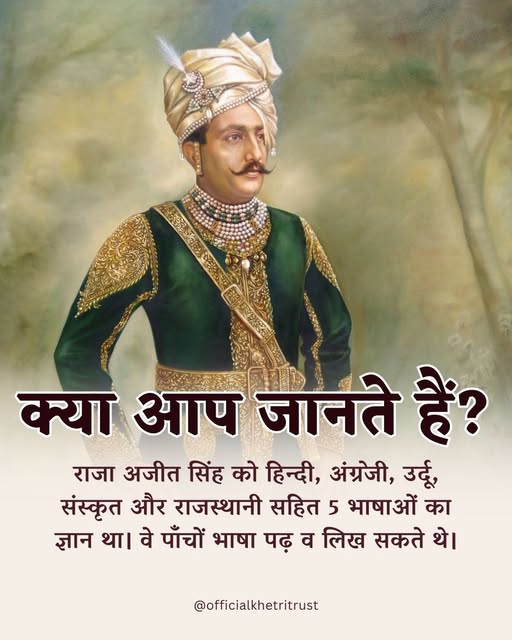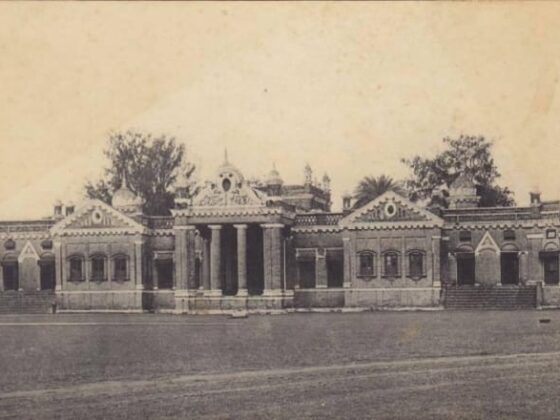The Legacy of Raja Ajit Singh: A Visionary Ruler and His Impact

The Legacy of Raja Ajit Singh: A Visionary Ruler and His Impact on Rajasthan
Introduction
Raja Ajit Singh of Marwar played a crucial role in shaping Rajasthan’s history. His leadership, military prowess, and cultural contributions left a lasting impact. As a ruler from the Rathore dynasty, he strengthened his kingdom, fostered alliances, and promoted prosperity. His reign blended Rajput traditions with progressive governance, making Marwar a stronghold of stability and development.
Early Life and Rise to Power
Born in the 17th century, Raja Ajit Singh was the son of Maharaja Jaswant Singh I. After his father’s untimely death, he faced challenges from rival factions. Despite the obstacles, he asserted his claim and ascended the throne. His strong leadership and strategic alliances helped him consolidate power and stabilize his kingdom.
Governance and Reforms
Raja Ajit Singh introduced several reforms to strengthen administration. He implemented a decentralized governance system, allowing local leaders to manage affairs efficiently. This approach improved decision-making and ensured that regional issues received prompt attention.
He also forged alliances with neighboring kingdoms, ensuring peace and stability. His diplomatic skills helped Marwar maintain its sovereignty while navigating the complex politics of the era.
Military Achievements
Ajit Singh led several successful military campaigns, expanding Marwar’s influence. His well-trained army defended the kingdom against external threats. He also secured strategic alliances with powerful rulers, reinforcing Marwar’s position in Rajasthan. His ability to balance warfare and diplomacy ensured long-term security.
Cultural Contributions
Beyond warfare, Raja Ajit Singh promoted art, architecture, and literature. He supported poets, musicians, and scholars, turning his court into a cultural hub. Under his patronage, Jodhpur saw the construction of magnificent palaces and temples. These structures showcased Rajputana grandeur blended with Mughal influences.
He also encouraged the documentation of Rajput history, ensuring future generations could learn from their heritage. His contributions enriched Marwar’s cultural legacy.
Economic Growth and Infrastructure
Ajit Singh focused on economic development by improving trade and agriculture. He built roads and irrigation systems, making commerce more efficient. His policies helped farmers increase production, strengthening Marwar’s economy. Markets flourished under his rule, attracting traders from across India.
Raja Ajit Singh’s Legacy
His reign left a deep imprint on Rajasthan’s history. His leadership transformed Marwar into a prosperous and well-governed kingdom. He balanced military strength with cultural and economic development, ensuring a lasting legacy.
Today, historians and heritage enthusiasts continue to study his contributions. His forts, palaces, and policies remain testaments to his visionary leadership.
Conclusion
Raja Ajit Singh was more than a warrior—he was a strategist, a patron of the arts, and a progressive ruler. His ability to govern wisely while upholding Rajput traditions made him one of Rajasthan’s most respected kings. His legacy continues to inspire and shape the cultural heritage of India.









